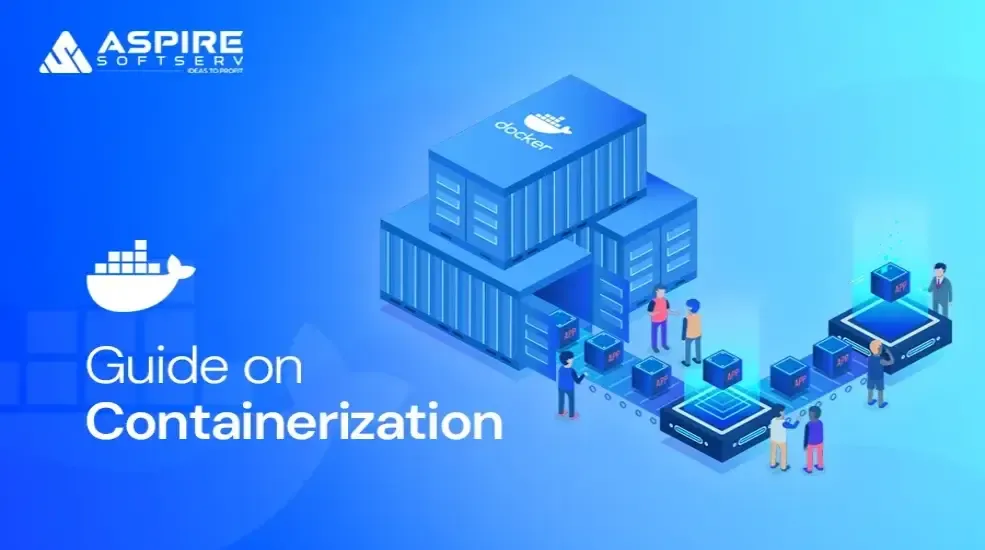Table of Contents
If you’ve ever tried to make a website, you know it can get pretty complicated. You need to know HTML and CSS, and even then your results might not be what you’re looking for.
Introduction
Imagine never leaving the comfort of your favourite text editor again. Instead of writing HTML and CSS by hand, imagine instantly seeing the changes reflected in real-time as you write your code. Now imagine that same experience, but for responsive design and animations too!
With Tailwind CSS, you don’t have to leave your text editor when creating beautiful websites. Tailwind makes it easy to set up stunning user interfaces with just a few lines of code.
What’s the GOAL behind the series?
The goal of this series is to educate and help industry professionals, designers and developers, to create beautiful UI web design without writing any media query and traditional.
What is Tailwind CSS
TailwindCSS is a utility-first CSS framework that makes it easy to implement popular design patterns. It is also the only framework that follows the Utility-First CSS methodology, which means your code can be more organized, reusable and extensible.
It makes you write less while styling your apps. It’s a complete rewrite of Tailwind CSS, with the goal being to make it easier for developers to customize and extend. It helps you build scalable, maintainable and performant websites. It offers sensible defaults and is super flexible, so you can easily apply your own rules
Why is Tailwind CSS important?
It helps you build scalable, maintainable and performant websites. It offers sensible defaults and is super flexible, so you can easily apply your own rules. Best of all: it’s free to use and open-source!.
Which is the Best – Tailwind CSS vs Bootstrap
Bootstrap and TailwindCSS both are great frameworks among developers and web designers.
Well, Bootstrap is crafted with pre-made, readymade and ready to use components in projects.
Otherside Tailwind CSS is based on Utility Class Framework.
Tailwind CSS promises tiny size production code without writing any traditional CSS
Do you want to know which is the best framework for your projects? OR
How to reduce production CSS code from 2000kb to 20kb.
| Read more – Who is the Best Framework – Tailwind CSS vs Bootstrap
How to Install TailwindCSS
You can install Tailwind CSS using two ways, one NPM and another using CDN.
- Using NPM
- Using CDN
1. Using NPM
Install the Tailwind npm package. Here, The `-g` flag installs Tailwind globally
npm install -g tailwindcss2. Using CDN
<link href="https://unpkg.com/[email protected]^2/dist/tailwind.min.css" rel="stylesheet">The Ultimate Guide of Tailwind CSS Features
Tailwind CSS has major features for web developers and designers. It is complex to cover in one blog post, therefore we presented it in the different six sections as follows.
1. – TailwindCSS- LAYOUT and CUSTOMIZE – PART ONE
It includes the following features for LAYOUT and CUSTOMIZATION as below:
CUSTOMIZATION – Configuration, Just-in-Time Mode, Theme, Breakpoints, Colors, Spacing, Variants, Plugins, Presets.
LAYOUT – Container, Box Decoration Break, Box Sizing, Display, Floats, Clear, Isolation, Object Fit, Object Position, Overflow, Overscroll Behavior, Position, Top / Right / Bottom / Left, Visibility, Z-Index.
| Read more – TailwindCSS Properties Part-1 – LAYOUT and CUSTOMIZE
2. – Tailwind CSS FLEXBOX AND GRID – PART TWO
Flexbox and Grid are very important features for web design. Tailwind CSS offer rapidly developed beautiful web design rapid development, less CSS writing, and responsive premade prefix classes like sm, md, lg, and xl. Also, it promises Zero media queries for your web designs.
This sub-blog post includes the following features for Flexbox and grid as following topics in detail with examples.
FLEXBOX – Flex Direction, Flex Wrap, Flex, Flex Grow, Flex Shrink, Order
GRID – Grid Template Columns, Grid Column Start / End, Grid Template Rows, Grid Row Start / End, Grid Auto Flow, Grid Auto Columns, Grid Auto Rows, Gap, Justify Content, Justify Items, Justify Self, Align Content, Align Items, Align Self, Place Content, Place Items and Place Self.
| Read more – TailwindCSS Properties Part-2 – FLEXBOX AND GRID
3. Tailwind CSS SPACING, SIZING, TYPOGRAPHY – PART THREE
It includes the features related to spacing, size and typography as below
SPACING – Padding, Margin and Space Between
SIZING – Width, Min-Width, Max-Width, Height, Min-Height and Max-Height
TYPOGRAPHY – Font Family, Font Size, Font Smoothing, Font Style and many more
| Read more – TailwindCSS Properties Part-3 – SPACING, SIZING, TYPOGRAPHY
4. Tailwind CSS BACKGROUND, BORDERS, TABLES – PART FOUR
It includes the features like as below
Background – Background Attachment, Background Clip, Background Color, Background Opacity and many
BORDERS – Border Radius, Border Width, Border Color, Border Opacity, Border Style and many
TABLES – Border Collapse and Table Layout
| Read more – TailwindCSS Properties Part-4 – BACKGROUND, BORDERS, TABLES
5. TRANSFORMS, INTERACTIVITY, ACCESSIBILITY – PART SIX
It includes the following features like as below:
TRANSFORMS – Transform, Transform Origin, Scale, Rotate, Translate and Skew.
INTERACTIVITY – Appearance, Cursor, Outline, Pointer Events, Resize and User Select
ACCESSIBILITY – Screen Readers
| Read more – TailwindCSS Part-6 – TRANSFORMS, INTERACTIVITY, ACCESSIBILITY
Conclusion
Let’s conclude. This post covers all the Tailwind CSS features in six parts and provides insights into Tailwind CSS and its installation.
For a better understanding and quick reference, consider bookmarking this page. Utilize the documentation for any configuration-related changes in your projects.
We recommend going through each section practically, performing hands-on exercises, and bookmarking this tab for future reference. Don’t hesitate to share this valuable resource with friends and colleagues on social media.
Ready to dive into Tailwind CSS? Contact us and let's elevate your web development journey together!




